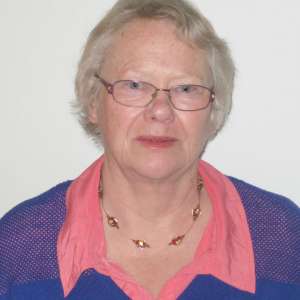The pronunciation of the word “Māori”
Abstract
This paper considers the pronunciation of the word Māori in the speech of three groups of Māori speakers, historical elders (born 1871–1916), present-day elders (born 1918–1944) and young speakers (born 1969–1992). The young speakers include both first- and second-language speakers of Māori. The study focuses on the production of the consonant /r/ and the diphthong /a:o/, two sounds that are particularly difficult for non-Māori to produce. Nine-hundred and seventy-six tokens of /r/ and 930 tokens of /a:o/ were analysed. Over time, more tokens of /r/ were realised as approximants in Māori until the young female second-language speakers used taps and approximants 50% of the time in both New Zealand English and the Māori language. The men and women behaved significantly differently for the diphthong /a:o/, with the women producing a higher proportion of monophthongs in Māori and the men producing a higher proportion in English. The patterns observed are complex and merit further study.



